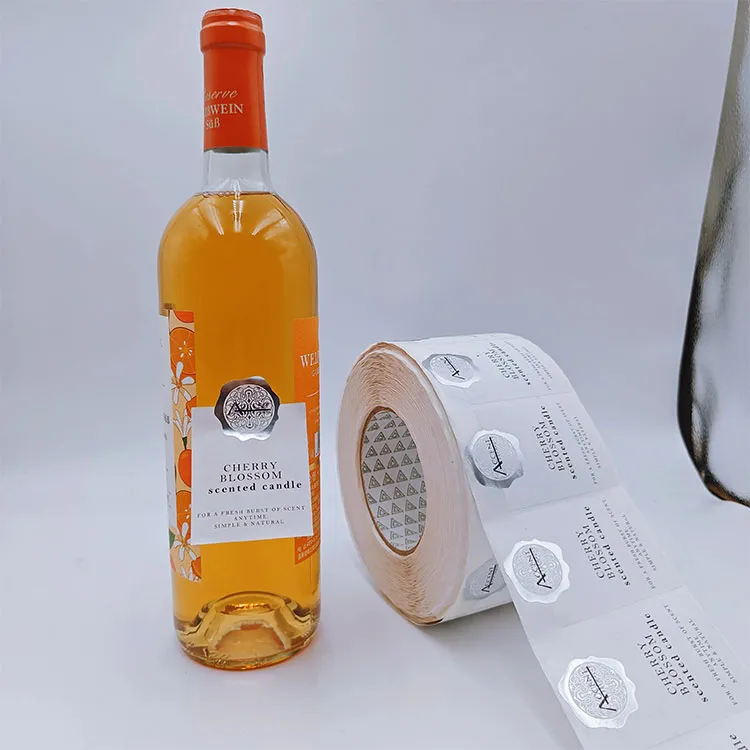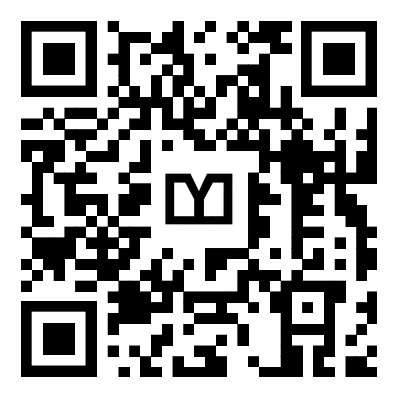Essential Information That Should Appear on a Wine Label
2024-11-28
A wine label provides consumers with crucial information about the wine, including its origin, contents, and characteristics. A well-designed wine label not only helps with marketing but also ensures that the wine complies with legal requirements. Different countries may have specific regulations regarding what must appear on a wine label, but generally, the following information is commonly required:

1. Wine Name and Brand
- Wine Name: The wine's name is often the first thing a consumer notices. It can be the winery’s name, a specific brand, or the wine's variety or blend (e.g., Chateau Montelena Chardonnay).
- Brand Name: If the wine is produced under a specific brand or label, that name should be clearly listed. This is important for brand recognition and marketing.
2. Type of Wine
- Wine Style: Whether the wine is red, white, rosé, sparkling, or fortified should be clearly indicated. For example, Cabernet Sauvignon, Chardonnay, Prosecco, or Port.
- Blend Information (if applicable): If the wine is a blend, the label may list the grape varieties used (e.g., Merlot and Cabernet Sauvignon blend).
- Vintage (Year): The year the grapes were harvested is important, as it provides information about the wine’s age and the growing conditions of that particular year. For example, 2019 Vintage.
3. Geographic Origin
- Country: The country where the wine was produced should be clearly mentioned (e.g., France, Italy, Argentina).
- Region or Appellation: If the wine is from a specific wine region, the label should indicate this, especially if the region is legally recognized, such as Bordeaux in France, Tuscany in Italy, or Napa Valley in California. Some regions have Denominazione di Origine Controllata (DOC) or Appellation d'Origine Contrôlée (AOC) designations.
- Subregion or Vineyard: In some cases, the wine label might also specify a subregion (e.g., Mendoza in Argentina or Napa Valley - Rutherford in California) or even the specific vineyard if it is a single vineyard wine.
4. Grape Variety
- Grape Type: The type of grape used to make the wine is often listed on the label, especially for varietal wines. For example, Pinot Noir, Syrah, or Sauvignon Blanc.
- Blend Information: If the wine is a blend of several grape varieties, this may also be noted (e.g., Merlot, Cabernet Sauvignon, and Cabernet Franc). In some countries, certain blends are common for specific regions (e.g., Bordeaux blend).
5. Alcohol Content
- ABV (Alcohol by Volume): The alcohol content of the wine is typically displayed as a percentage. Most wines fall between 12% and 15% ABV, but sparkling wines and fortified wines may have higher alcohol content (e.g., Champagne may range from 11% to 12% ABV, while Port wine can be as high as 20% ABV).
6. Volume
- Bottle Size: The volume of the wine in the bottle should be indicated in milliliters or fluid ounces. Common sizes include:
- 750ml (standard bottle)
- 375ml (half bottle)
- 1500ml (magnum)
7. Wine Classification (if applicable)
- Quality Designation: In many regions, wines are classified by their quality level or origin. For example:
- AOC (Appellation d'Origine Contrôlée) in France.
- DOC or DOCG (Denominazione di Origine Controllata/Denominazione di Origine Controllata Garantita) in Italy.
- DO (Denominación de Origen) in Spain.
- VQA (Vintners Quality Alliance): In Canada, wines may carry this designation to indicate quality standards.
8. Producer Information
- Winery or Producer Name: The name of the winery or producer should be listed. If the wine is a private label or produced by a large corporation, that information may also appear.
- Address of the Producer or Bottler: Some countries require the bottler's address on the label, particularly if the wine is bottled in a different location from where it is produced.
9. Wine Style or Taste Profile
- Sweetness Level: Many wine labels will include information about the sweetness level of the wine, such as dry, off-dry, semi-sweet, or sweet. For example, in sparkling wines, labels might state brut, extra dry, or doux.
- Tasting Notes (Optional): Some labels include brief tasting notes or descriptions of the wine's flavor profile, such as "blackberry, oak, and a hint of vanilla." This helps consumers understand what they can expect in terms of taste.
10. Certification or Organic Status
- Organic Certification: If the wine is made from organically grown grapes, there might be an organic certification symbol on the label (e.g., USDA Organic, EU Organic).
- Biodynamic Wine: Some wineries use biodynamic practices, which can also be indicated on the label, along with certification marks (e.g., Demeter Certified).
- Sustainability: Wineries with sustainable or eco-friendly practices may use logos to signify their efforts toward environmental stewardship, such as using recycled glass bottles or producing low-carbon wines.
11. Warnings and Legal Requirements
- Health Warnings: In many countries, wine labels must carry specific health warnings. For example, in the United States, the label must include a warning about the risks of drinking alcohol during pregnancy or excessive consumption.
- Government Warning Labels: In countries like the U.S., alcohol-related warning statements are required on the label as mandated by the Alcohol and Tobacco Tax and Trade Bureau (TTB).
- Contains Sulfites: Many wines contain sulfites, which are used as preservatives. In some countries, such as the U.S. and EU, the label must include the statement "Contains Sulfites" if the wine contains more than 10 parts per million (ppm) of sulfites.
12. Additional Information
- Vintage Notes or Special Designations: Some wines may include additional information such as reserve or single vineyard on the label to highlight the quality or uniqueness of the wine.
- Serving Suggestions: In some cases, particularly with more upscale wines, labels may suggest food pairings or ideal serving temperatures.
Conclusion
A wine label is more than just a decorative feature; it is a vital source of information for the consumer. It conveys essential details about the wine’s origin, ingredients, alcohol content, and quality, ensuring that customers can make informed decisions. Additionally, wine labels help ensure that the wine adheres to national and international regulations, promoting transparency and consistency in the industry. Whether you're a wine enthusiast, a sommelier, or a casual consumer, understanding what to look for on a wine label can help you select the perfect bottle to suit your taste and occasion.


